As a recruiter, having a well-rounded lead generation strategy is essential for reaching potential job candidates and securing new clients. In this post, we will go into detail about the key elements that can help optimize your lead generation and increase the chances of making a sale. The topics covered will include lead generation through cold email outreach, leveraging social media, the importance of having a sales team, creating landing pages, lead scoring, lead generation tools, and much more.
Subject Line Matters
The subject line of your cold email is the first thing the recipient sees and plays a crucial role in the lead generation process. It needs to grab their attention, making them want to open the email, and should be clear and concise. Make sure your subject line stands out and entices the recipient to continue reading.
Personalize Your Email
To make your cold email outreach as effective as possible, write it like a human. Avoid using robotic language, as this can quickly make the email seem spammy to the recipient. Instead, think about how you would talk to a colleague and provide as much context as possible. Personalized emails are much more likely to result in a response, which can lead to a sale.
Start with a Connection
When reaching out to potential job candidates, it's important to start with a mutual connection if you have one. Mentioning a mutual connection in the intro of your cold email can make the recipient feel more comfortable with opening and reading your email.
Aim for a Response, not a Hire
The goal of your first cold email should simply be to get a response and start a conversation. It takes time and effort to turn a cold job candidate into a hired employee, so aim to build a relationship with them through a series of follow-up emails.
Include a Clear Call-to-Action (CTA)
Make it easy for the recipient to take action by including a clear call-to-action in your email. Ask for a phone call or to connect on LinkedIn, for example. The clearer your CTA, the more likely you are to get a response and turn the lead into a sale.
Emphasize the Benefits
Make sure your cold email demonstrates how you can help the recipient achieve their desired outcome, whether that's finding their next job or filling a position for their company. Emphasize the end goal they will be able to achieve with your help and include a clear CTA.
Keep it Concise
Potential job candidates are busy, so keep your cold emails short and to the point. Aim to keep your emails under 75 words. If you're finding this challenging, it may mean you haven't fully understood your target audience, so go back to the drawing board and focus on what job candidates are looking for and how your agency can help.
Limit Follow-Up Emails
Most positive responses will come from the first or second email in your sequence. Sending too many emails may result in negative responses and lower your open rates. Based on data from SalesLoft and Gartner, it's best to send about four emails over six weeks. If you haven't received a reply, move on to new prospects. If your target audience is small, wait two to three months before reaching out again.
Create a Compelling Offer
To effectively communicate what you're offering, you need a clear and concise offer. Define your offer by focusing on what the job candidate or client will receive: better pay, improved job satisfaction, or something else. Create a marketing angle that resonates with your target audience, highlighting what they're most concerned with. To maximize the success of your lead generation campaign, consider using cold email templates, a/b testing different versions, and leveraging leads.
Subject lines
Try to write subject lines that could’ve been sent to your readers by their own customers or colleagues. Make sure to keep them short (2-3 words) and casual (no formal language, not capitalized). Example (good): monthly SEO analyticsExample (bad): Don’t hire your next sales development representative until you do this!(Tip: listicle-type headlines that work well for SEO articles never work well in emails).Needless to day, never bait-and-switch people in your subject lines. (Don’t pretend that you have a customer for someone and then pitch lead generation services.) Make sure that your subject lines are connected to your message.
Line 1: Why you’re reaching out
In the first line of your email, describe the reason that you’re reaching out. Did you notice an announcement about your prospect’s company? Did you just read their LinkedIn post? Show that you’ve done homework to ensure that the connection is relevant.A useful template for this is: It looks like your company is [experiencing an event], and from my experience, this means [insight].Example: I was looking into your company, and I used the SimilarWeb Chrome extension to see that your web traffic has been declining in the last three months.
Line 2: How your product enables them to do better
Now, it’s time to describe a problem you noticed that your prospect might have and how your product can help them solve it. Example: Your web traffic might be declining for many reasons, but one big factor may be that you don’t have enough content on your site. I noticed that your last blog post was from three years ago.
Line 3: Social proof
Then, give your reader social proof to show them that you’re reputable and have past experience helping companies with similar problems.Example: I just helped [X company relevant to your prospect’s industry and size] increase their search traffic by 250% in six months through SEO-optimized content.
Line 4: Interest-based call to action
Finally, give your recipient a way to engage with you. Your biggest goal is to get an email in response. A good template for this final call to action is: if we could help you with [problem], would that be useful to you?Let’s put all our learning together in this example of a cold email from an external sales team to a financial services company:
Hi [X],
I noticed that you're in the financial services industry and you've got a company with 15 employees. From my experience, I assume that you’re keeping a lean sales and marketing team. I’m currently working with [a financial services company similar in size to the prospect] on a campaign that is getting their sales team 2-3 interested leads a day. We’re targeting people who’ve recently changed jobs to see if they’re doing their rollover correctly. If I could help you connect with potential customers like this, would that be helpful to you?
Cheers,[Y]
Overall framework for an entire email sequence
In the previous section, we shared a framework for your first cold email. To recap, your first email discusses how you noticed a company, how you can solve their problems, and how you’ve done this in the past. Now, let’s go over the rest of your email sequence.
Email 2: Additional context
Email 1 was meant to succinctly communicate that your product could help your prospects solve important business problems. Email 2 is meant to add more detailed context on how. This is the place to add more information about product features or the transformation you’ll enable for your customers.Here’s an example using the financial services company we pitched above:
Hi [X],
I previously mentioned that I’ve been helping [X company] find customers by contacting people who’ve recently changed jobs to see if they need help with new benefits packages or rollover plans. For a bit more context, we do this by constantly monitoring LinkedIn Sales Navigator for people who are changing jobs. When they change jobs, we reach out on your behalf to see if they need your services.We have the copy ready and I have a video that can show you how to build this kind of list. Would that be interesting to you?
Cheers,[Y]
Email 3: Angles
If your prospect still hasn’t replied, you should try using a different angle. Your first two emails, e.g., may have emphasized that your product would help your reader earn more revenue. But what if driving more revenue isn’t their biggest priority? Email 3 gives you the chance to change your angle. Perhaps, instead of emphasizing that your product can help someone make more money, you can emphasize how it can help them save time.
Email 4: The breakup email
In your final email, ask your prospect if there's somebody else at their company you should speak to. Example: I noticed that [your company] has 255 employees. Perhaps this isn't your area of focus. Is there somebody else that I should be speaking to? Data indicates that people respond to breakup emails more often than they respond to the other emails in a sequence. If you remain available to connect while offering to route yourself to a more relevant person within their organization, you will increase your chances of getting a positive reply.By now, you have a framework to use to write effective cold email sequences. This is a simple baseline that you can supplement with many different kinds of marketing tactics (LinkedIn, cold calling, ads, etc) to strengthen your results. If you have any suggestions or questions, please reach out to Eric!
As a recruiter, having a well-rounded lead generation strategy is essential for reaching potential job candidates and securing new clients. In this post, we will go into detail about the key elements that can help optimize your lead generation and increase the chances of making a sale. The topics covered will include lead generation through cold email outreach, leveraging social media, the importance of having a sales team, creating landing pages, lead scoring, lead generation tools, and much more.
Subject Line Matters
The subject line of your cold email is the first thing the recipient sees and plays a crucial role in the lead generation process. It needs to grab their attention, making them want to open the email, and should be clear and concise. Make sure your subject line stands out and entices the recipient to continue reading.
Personalize Your Email
To make your cold email outreach as effective as possible, write it like a human. Avoid using robotic language, as this can quickly make the email seem spammy to the recipient. Instead, think about how you would talk to a colleague and provide as much context as possible. Personalized emails are much more likely to result in a response, which can lead to a sale.
Start with a Connection
When reaching out to potential job candidates, it's important to start with a mutual connection if you have one. Mentioning a mutual connection in the intro of your cold email can make the recipient feel more comfortable with opening and reading your email.
Aim for a Response, not a Hire
The goal of your first cold email should simply be to get a response and start a conversation. It takes time and effort to turn a cold job candidate into a hired employee, so aim to build a relationship with them through a series of follow-up emails.
Include a Clear Call-to-Action (CTA)
Make it easy for the recipient to take action by including a clear call-to-action in your email. Ask for a phone call or to connect on LinkedIn, for example. The clearer your CTA, the more likely you are to get a response and turn the lead into a sale.
Emphasize the Benefits
Make sure your cold email demonstrates how you can help the recipient achieve their desired outcome, whether that's finding their next job or filling a position for their company. Emphasize the end goal they will be able to achieve with your help and include a clear CTA.
Keep it Concise
Potential job candidates are busy, so keep your cold emails short and to the point. Aim to keep your emails under 75 words. If you're finding this challenging, it may mean you haven't fully understood your target audience, so go back to the drawing board and focus on what job candidates are looking for and how your agency can help.
Limit Follow-Up Emails
Most positive responses will come from the first or second email in your sequence. Sending too many emails may result in negative responses and lower your open rates. Based on data from SalesLoft and Gartner, it's best to send about four emails over six weeks. If you haven't received a reply, move on to new prospects. If your target audience is small, wait two to three months before reaching out again.
Create a Compelling Offer
To effectively communicate what you're offering, you need a clear and concise offer. Define your offer by focusing on what the job candidate or client will receive: better pay, improved job satisfaction, or something else. Create a marketing angle that resonates with your target audience, highlighting what they're most concerned with. To maximize the success of your lead generation campaign, consider using cold email templates, a/b testing different versions, and leveraging leads.
Subject lines
Try to write subject lines that could’ve been sent to your readers by their own customers or colleagues. Make sure to keep them short (2-3 words) and casual (no formal language, not capitalized). Example (good): monthly SEO analyticsExample (bad): Don’t hire your next sales development representative until you do this!(Tip: listicle-type headlines that work well for SEO articles never work well in emails).Needless to day, never bait-and-switch people in your subject lines. (Don’t pretend that you have a customer for someone and then pitch lead generation services.) Make sure that your subject lines are connected to your message.
Line 1: Why you’re reaching out
In the first line of your email, describe the reason that you’re reaching out. Did you notice an announcement about your prospect’s company? Did you just read their LinkedIn post? Show that you’ve done homework to ensure that the connection is relevant.A useful template for this is: It looks like your company is [experiencing an event], and from my experience, this means [insight].Example: I was looking into your company, and I used the SimilarWeb Chrome extension to see that your web traffic has been declining in the last three months.
Line 2: How your product enables them to do better
Now, it’s time to describe a problem you noticed that your prospect might have and how your product can help them solve it. Example: Your web traffic might be declining for many reasons, but one big factor may be that you don’t have enough content on your site. I noticed that your last blog post was from three years ago.
Line 3: Social proof
Then, give your reader social proof to show them that you’re reputable and have past experience helping companies with similar problems.Example: I just helped [X company relevant to your prospect’s industry and size] increase their search traffic by 250% in six months through SEO-optimized content.
Line 4: Interest-based call to action
Finally, give your recipient a way to engage with you. Your biggest goal is to get an email in response. A good template for this final call to action is: if we could help you with [problem], would that be useful to you?Let’s put all our learning together in this example of a cold email from an external sales team to a financial services company:
Hi [X],
I noticed that you're in the financial services industry and you've got a company with 15 employees. From my experience, I assume that you’re keeping a lean sales and marketing team. I’m currently working with [a financial services company similar in size to the prospect] on a campaign that is getting their sales team 2-3 interested leads a day. We’re targeting people who’ve recently changed jobs to see if they’re doing their rollover correctly. If I could help you connect with potential customers like this, would that be helpful to you?
Cheers,[Y]
Overall framework for an entire email sequence
In the previous section, we shared a framework for your first cold email. To recap, your first email discusses how you noticed a company, how you can solve their problems, and how you’ve done this in the past. Now, let’s go over the rest of your email sequence.
Email 2: Additional context
Email 1 was meant to succinctly communicate that your product could help your prospects solve important business problems. Email 2 is meant to add more detailed context on how. This is the place to add more information about product features or the transformation you’ll enable for your customers.Here’s an example using the financial services company we pitched above:
Hi [X],
I previously mentioned that I’ve been helping [X company] find customers by contacting people who’ve recently changed jobs to see if they need help with new benefits packages or rollover plans. For a bit more context, we do this by constantly monitoring LinkedIn Sales Navigator for people who are changing jobs. When they change jobs, we reach out on your behalf to see if they need your services.We have the copy ready and I have a video that can show you how to build this kind of list. Would that be interesting to you?
Cheers,[Y]
Email 3: Angles
If your prospect still hasn’t replied, you should try using a different angle. Your first two emails, e.g., may have emphasized that your product would help your reader earn more revenue. But what if driving more revenue isn’t their biggest priority? Email 3 gives you the chance to change your angle. Perhaps, instead of emphasizing that your product can help someone make more money, you can emphasize how it can help them save time.
Email 4: The breakup email
In your final email, ask your prospect if there's somebody else at their company you should speak to. Example: I noticed that [your company] has 255 employees. Perhaps this isn't your area of focus. Is there somebody else that I should be speaking to? Data indicates that people respond to breakup emails more often than they respond to the other emails in a sequence. If you remain available to connect while offering to route yourself to a more relevant person within their organization, you will increase your chances of getting a positive reply.By now, you have a framework to use to write effective cold email sequences. This is a simple baseline that you can supplement with many different kinds of marketing tactics (LinkedIn, cold calling, ads, etc) to strengthen your results. If you have any suggestions or questions, please reach out to Eric!



















.jpg)
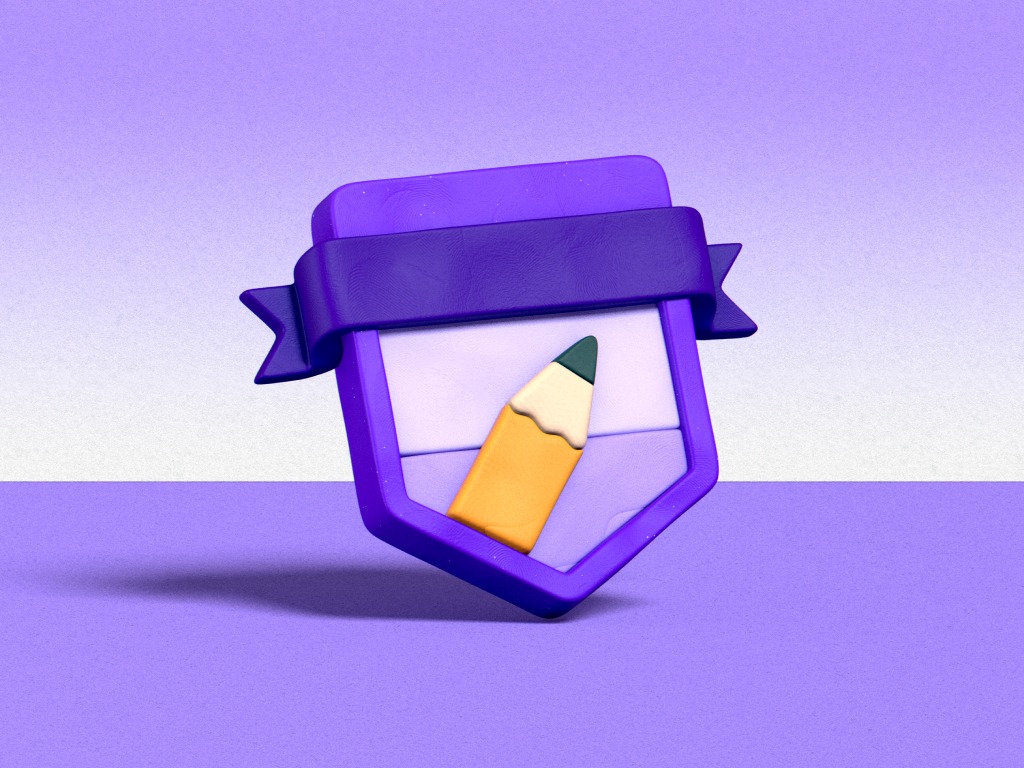

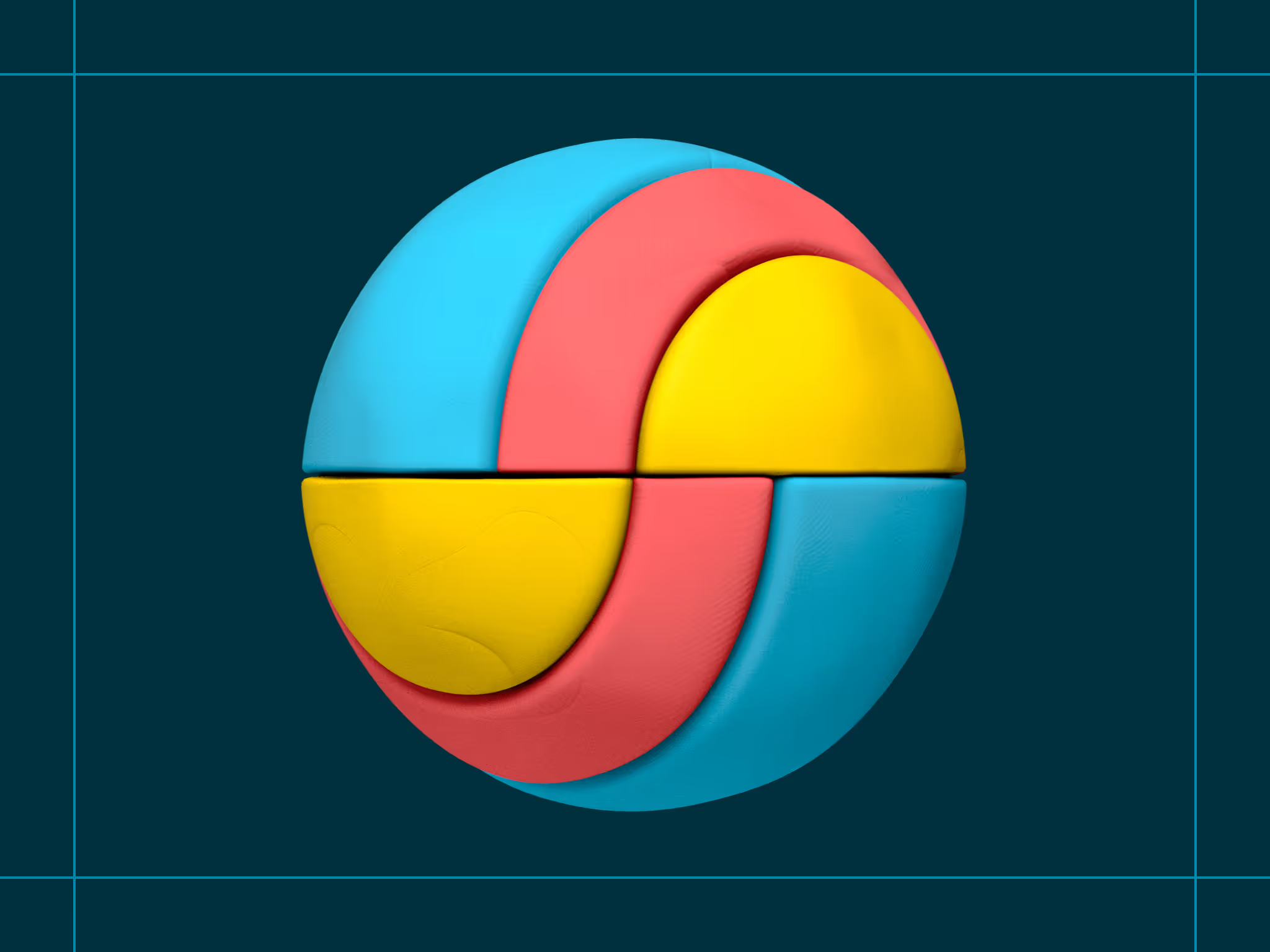

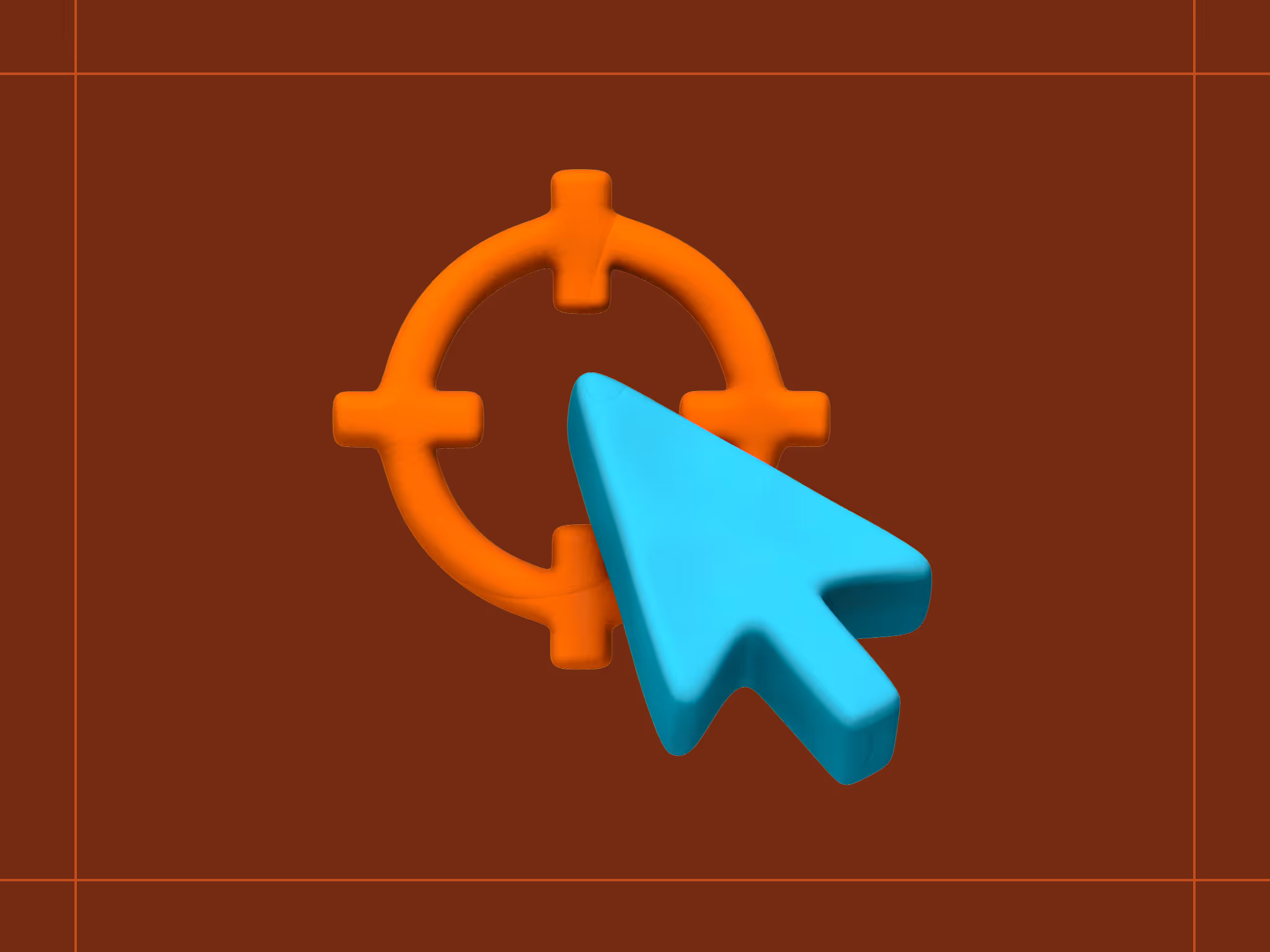
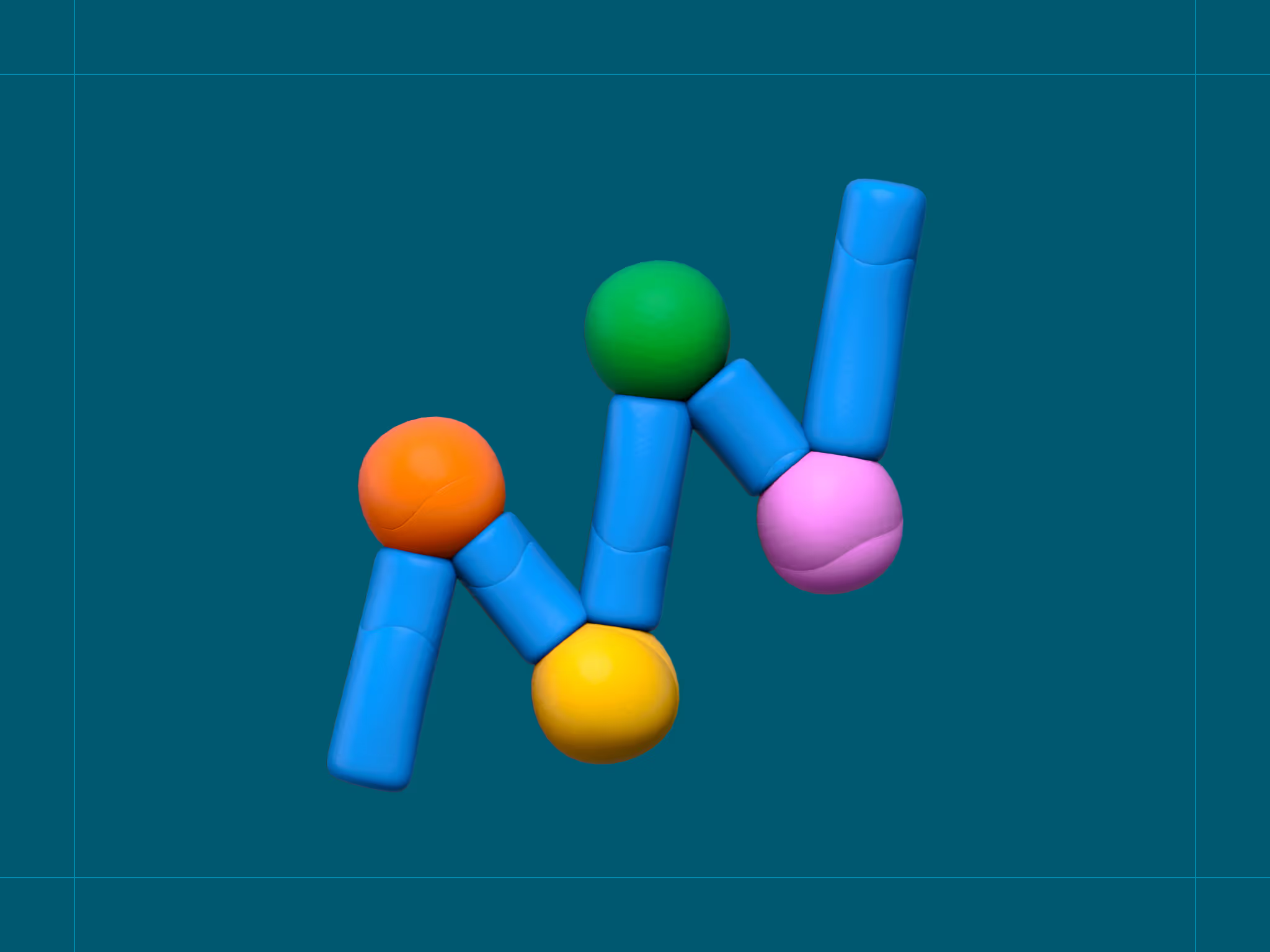
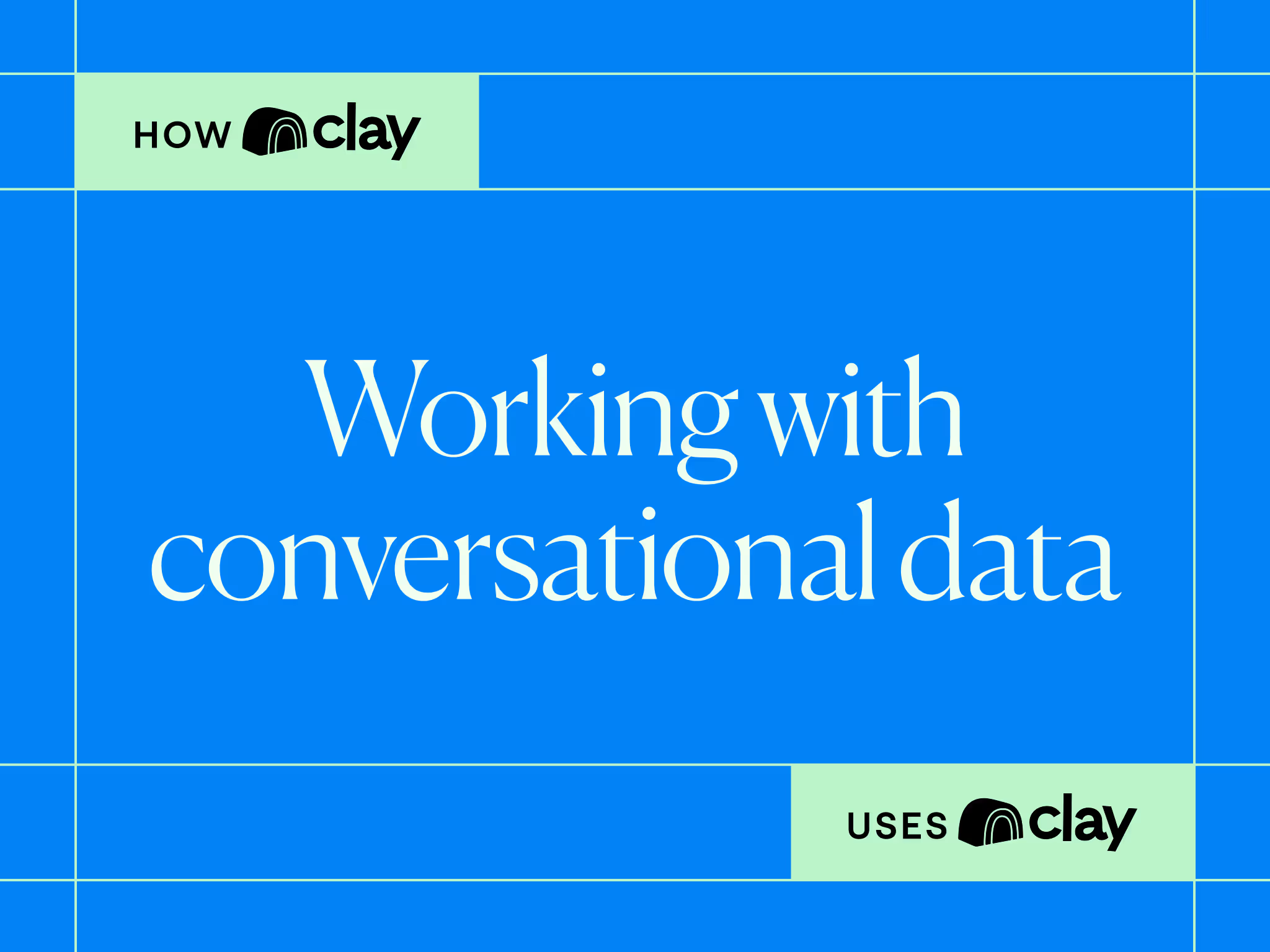
.avif)




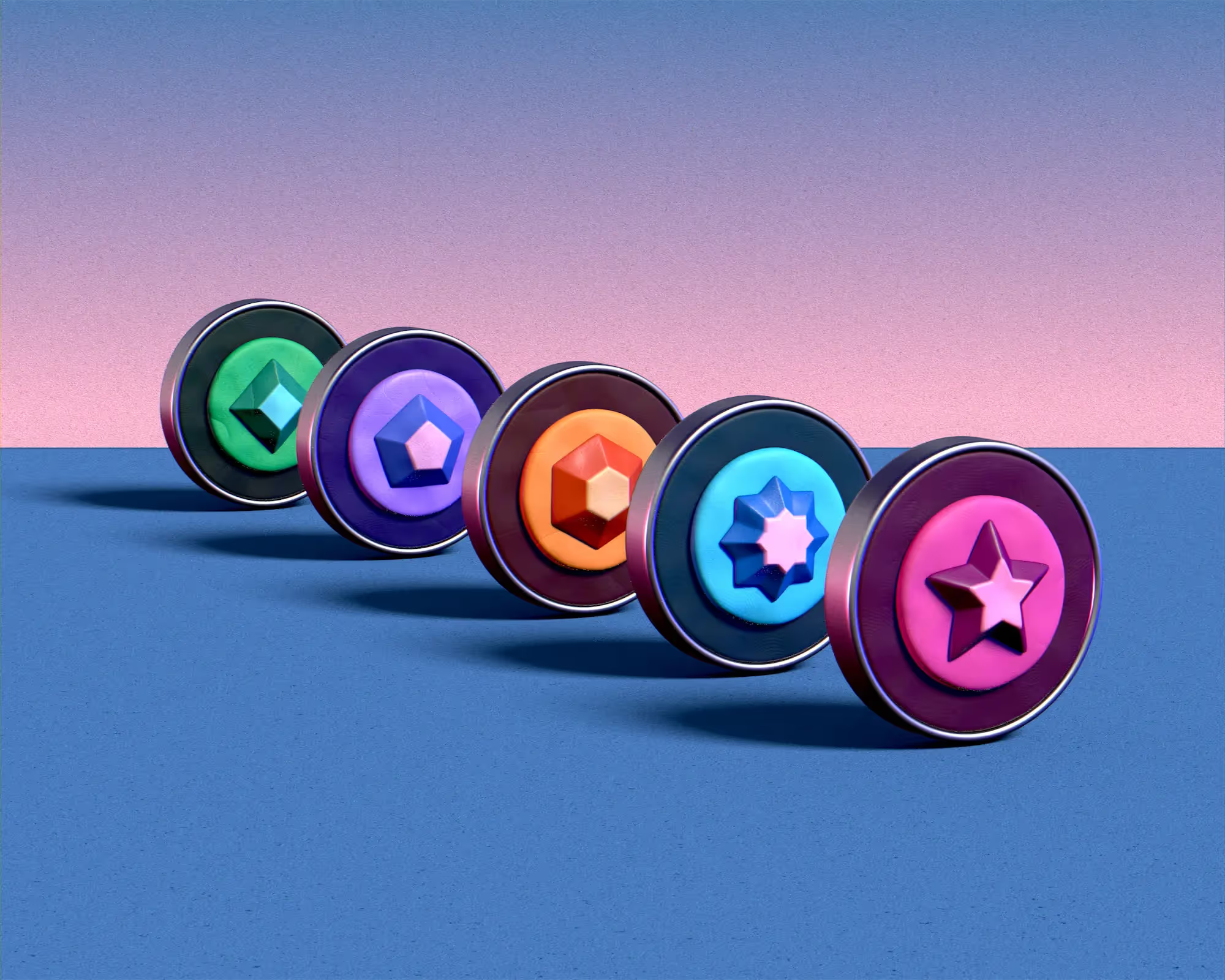






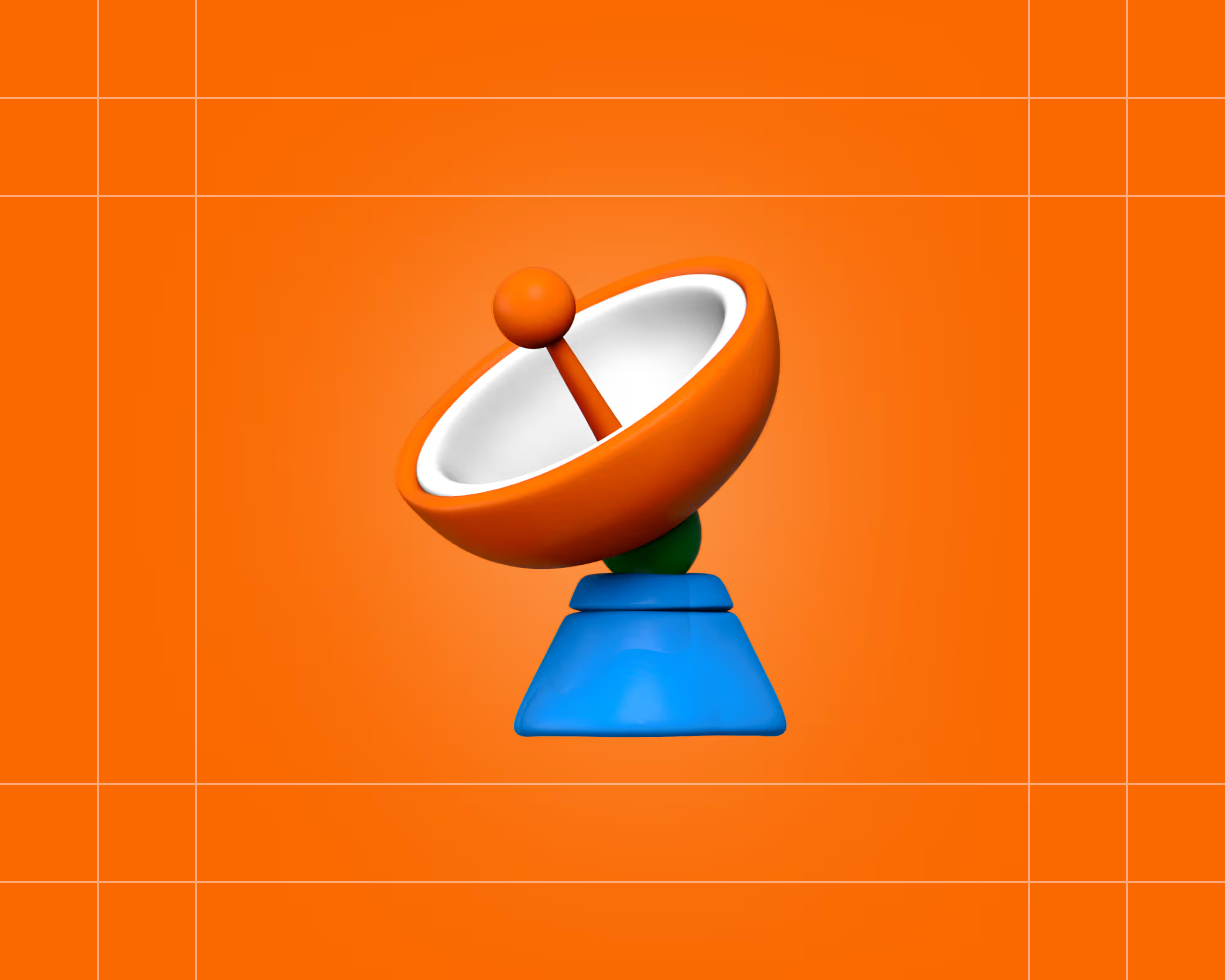

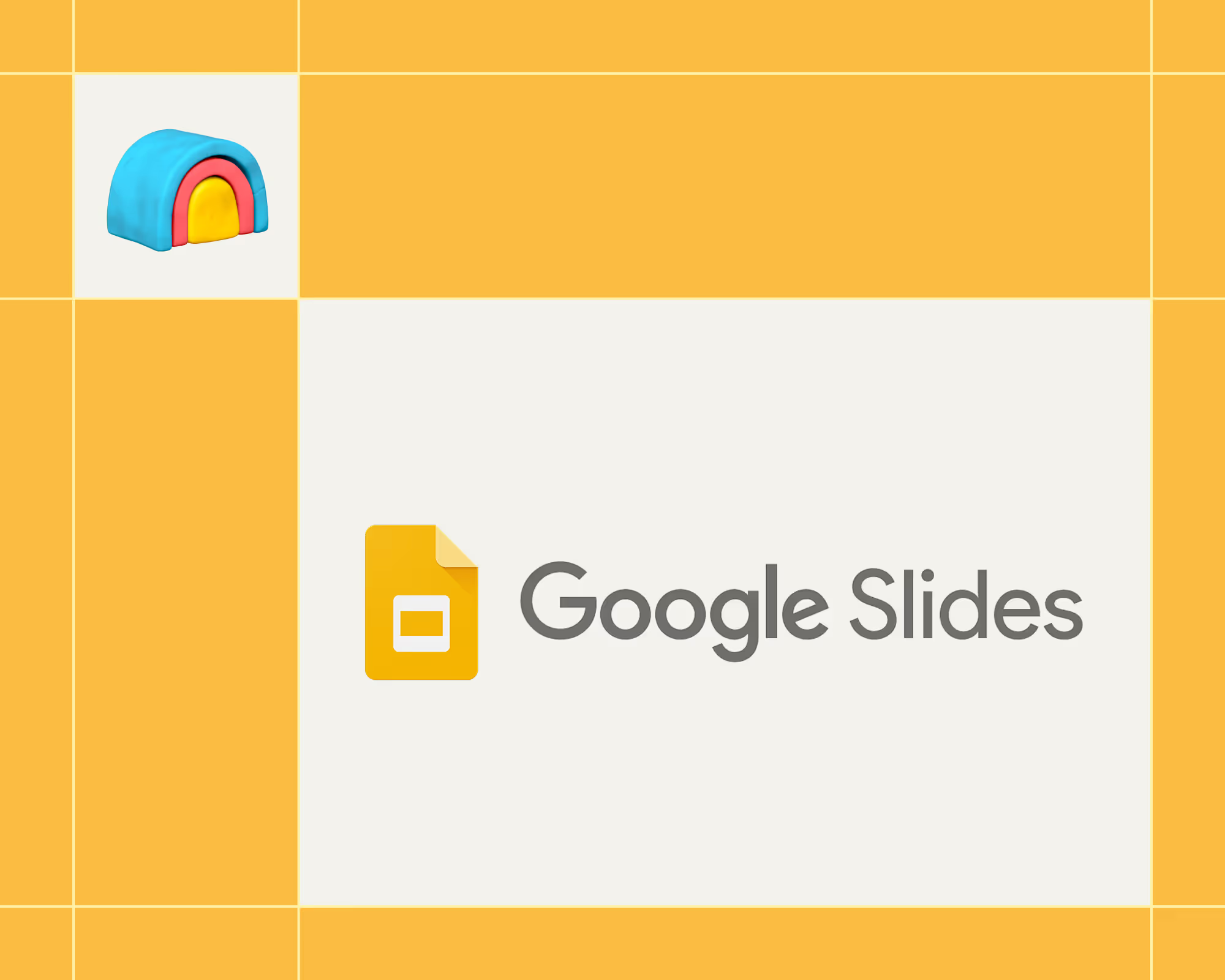
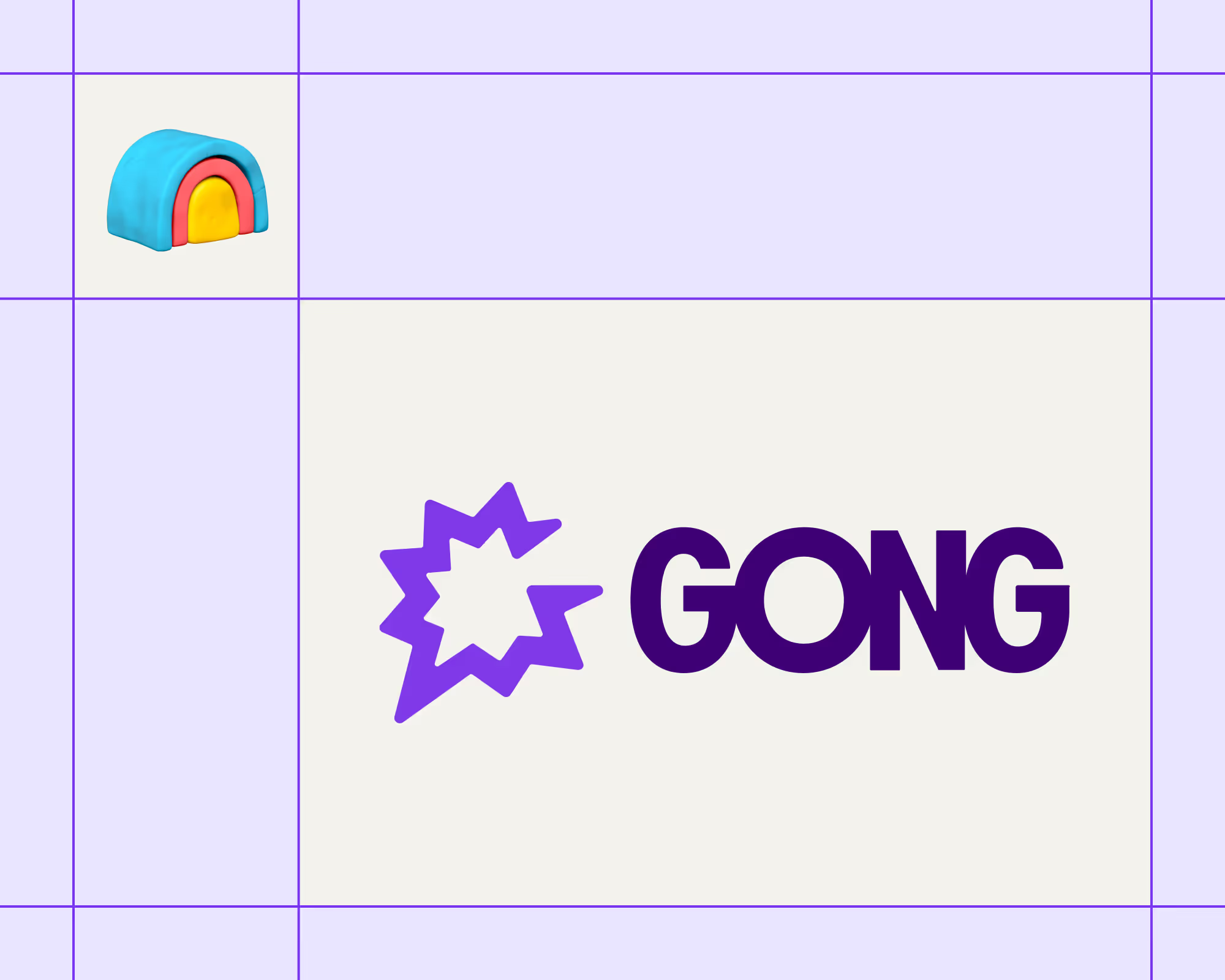
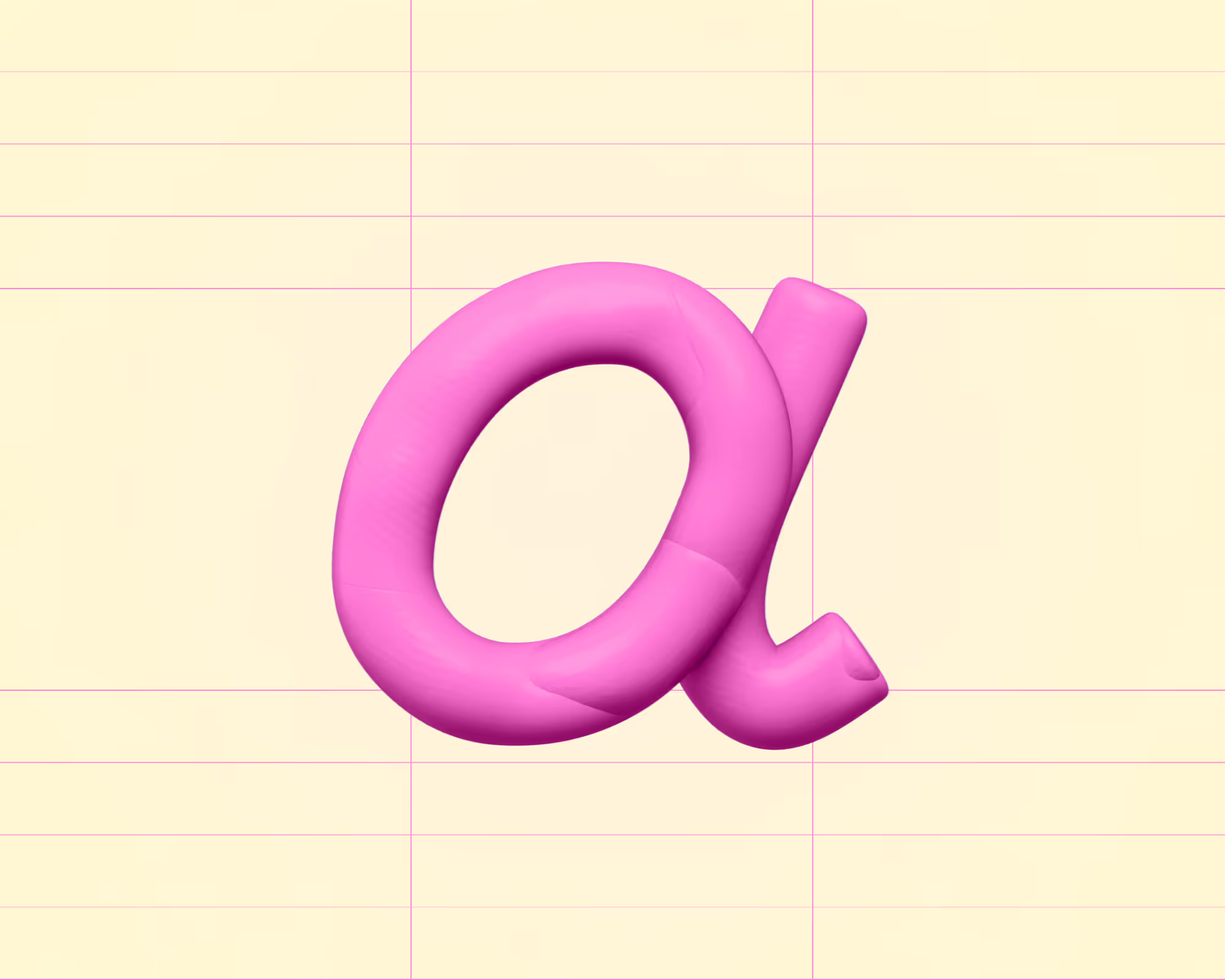
.avif)











.avif)
.avif)






















































